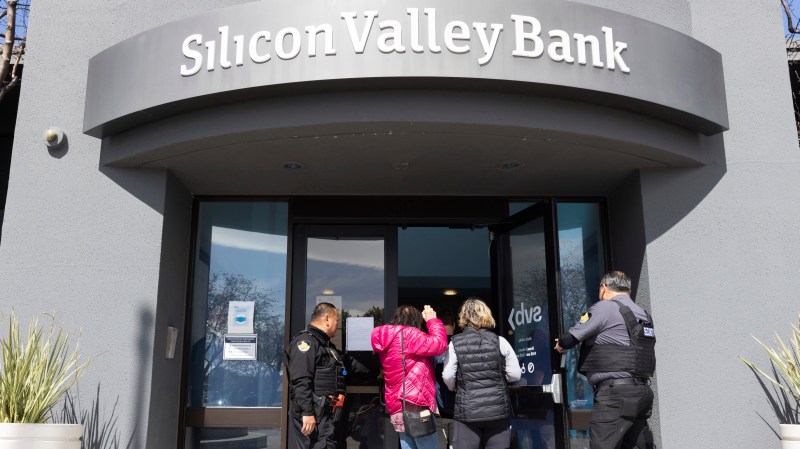IMF warns of US bank failures a year after Silicon Valley Bank collapse
High interest rates and falling corporate real estate prices pose a serious risk to the US banking system, the International Monetary Fund has said, as it warned of the prospect of looming bank failures.
On the anniversary of the collapse of Silicon Valley Bank, the IMF has rung the alarm bell over the risks of another round of bank failures triggered by the worst fall in commercial property values in half a century in the world’s largest economy.
“The high concentration of corporate real estate exposures represents a serious risk to small and large banks amid economic uncertainty and higher interest rates, potentially declining property values, and asset quality deterioration,” the IMF said in an analysis of financial stability risks a year on from SVB’s failure.
Rising US interest rates have caused an 11 per cent fall in US commercial property prices since 2022 which are on course for another 10 per cent decline this year. Small and regional American banks lend heavily to the sector, with about a third of the entire US banking system heavily exposed to balance sheet losses if loans turn sour, the IMF said.
Financial stability concerns have returned to parts of the banking system in recent weeks after the regional lender New York Community Bancorp lost a quarter of its share price value after reporting losses tied up to its exposure to corporate real estate. Banks are having to set aside larger amounts of cash to protect themselves against bad loans, with lenders “anticipating additional defaults”, the IMF said.
“There are reasons to expect non-performing loans to climb further in the coming quarters, for example in the United States, quarterly corporate real estate non-performing loans and losses did not peak until nine quarters after the start of the global financial crisis in mid-2007,” the fund said.

In March 2023, SVB and a host of US regional banks went bust over their bets on US government bonds, whose prices have slumped in an era of tight monetary policy. SVB also suffered from mass deposit withdrawal from its customers, who were concentrated in the west coast tech sector.
A year after the financial tremors, the IMF said a “sizeable subgroup” of banks still faced difficulties in managing their balance sheets and retaining deposits.
“Underlying concerns persist, with fears that the failure of one institution could precipitate a broader loss of confidence in the sector. Beyond the unrealised losses due to higher interest, the credit risk carried by some institutions, particularly their exposure to corporate real estate, is at the centre stage of investors’ fears today,” the IMF said.
The IMF and institutions like the Bank for International Settlements have also highlighted the dangers of recent market volatility after investors have rapidly repriced their bets on interest rate cuts and are expecting fewer rate cuts from the US, UK, and eurozone central banks this year. Government bond prices have fallen further in recent months as a result.
The SVB crisis prompted US regulators to offer a state guarantee against all the bank’s deposits in an attempt to stem contagion. The UK subsidiary of SVB was spared from collapse after an eleventh-hour rescue by HSBC, which bought the lender’s assets for £1, ensuring that British taxpayers were not on the hook.






